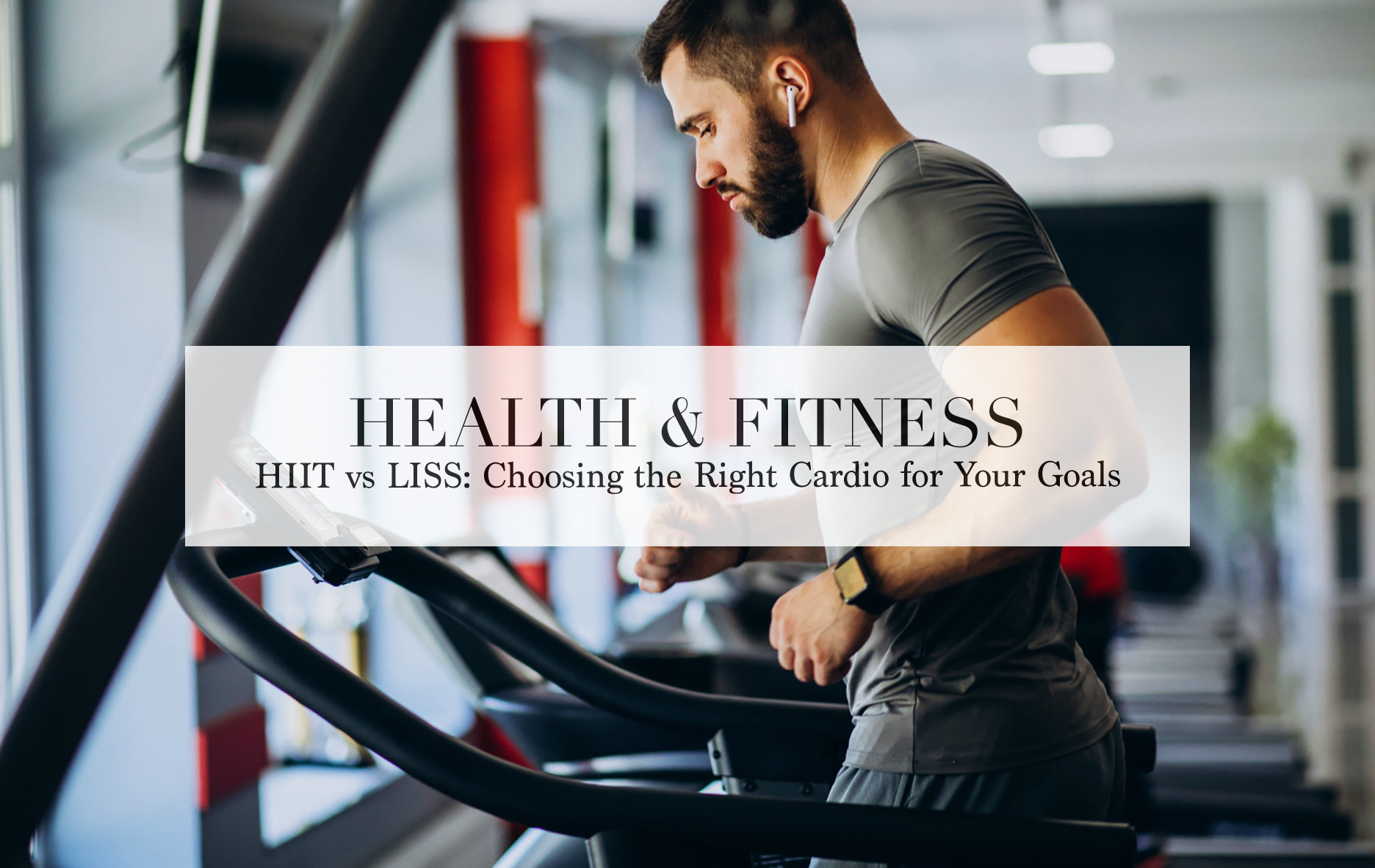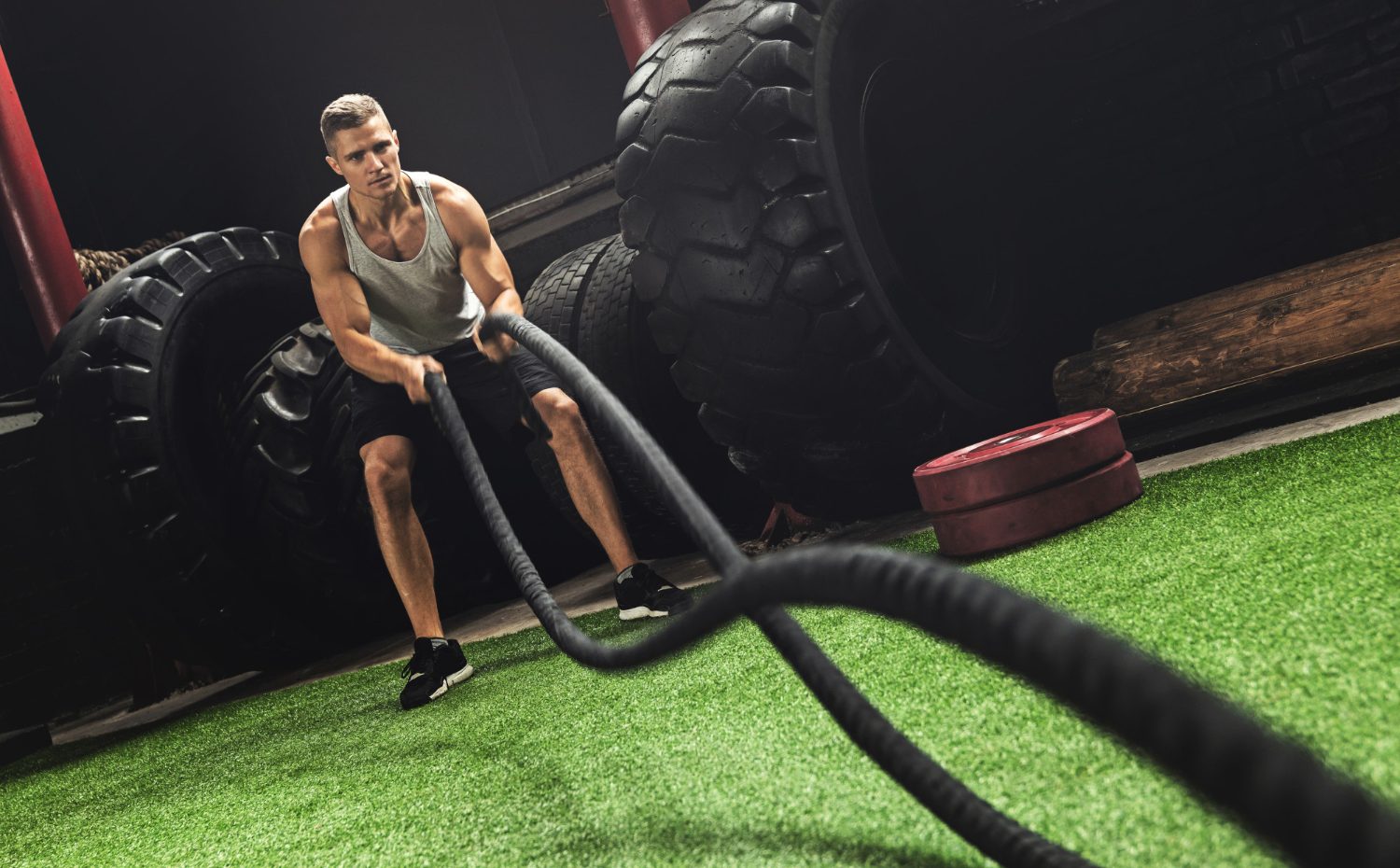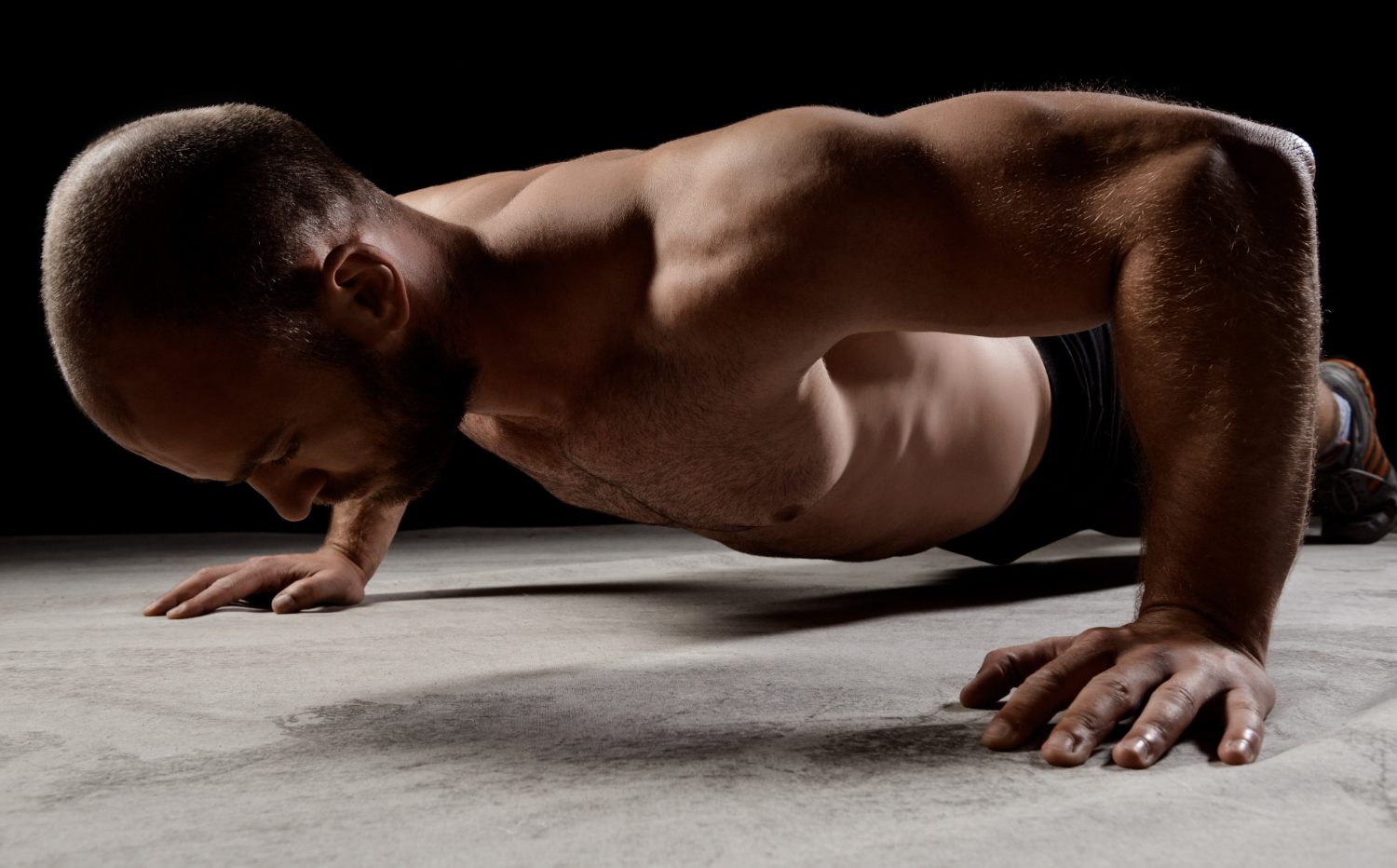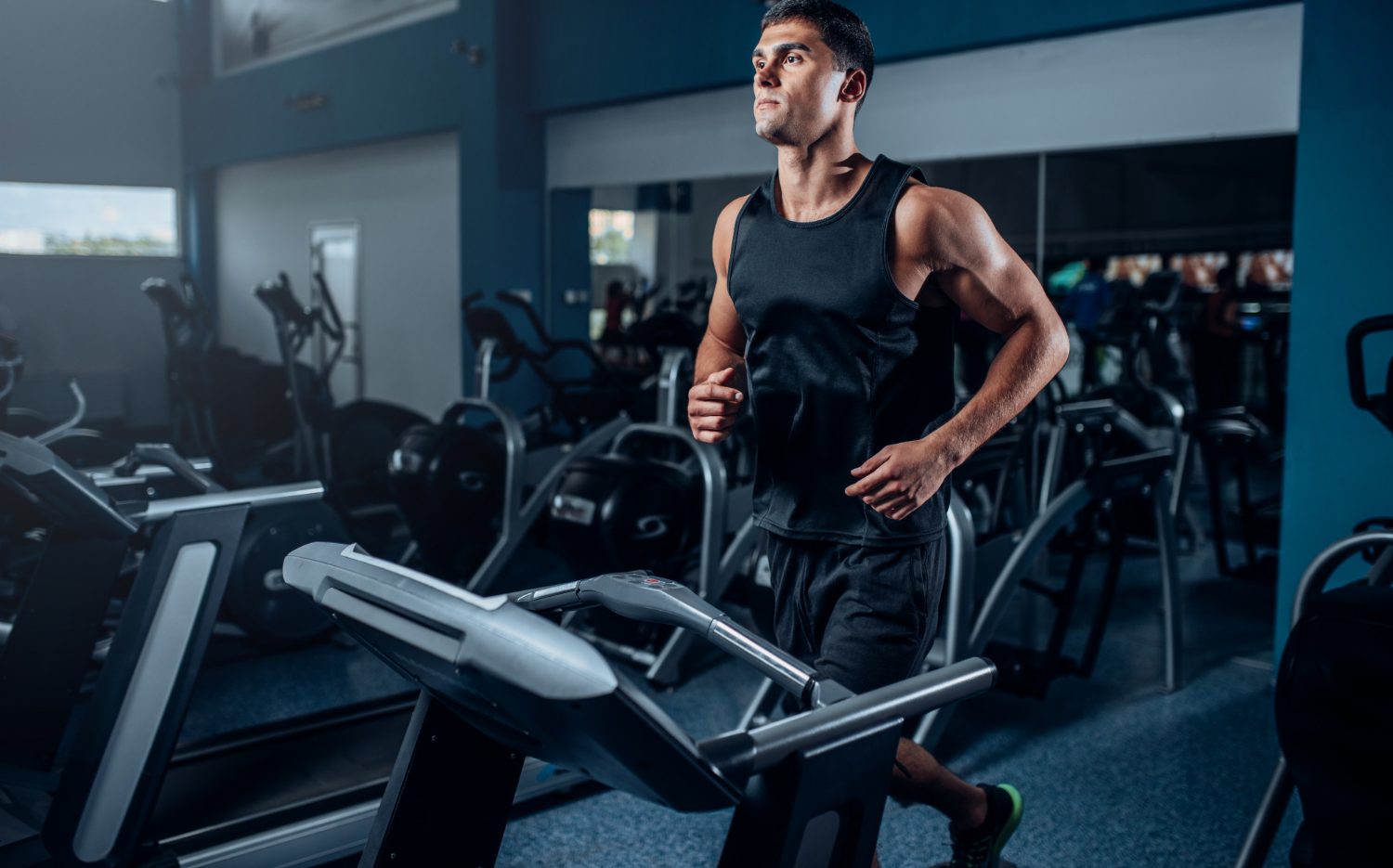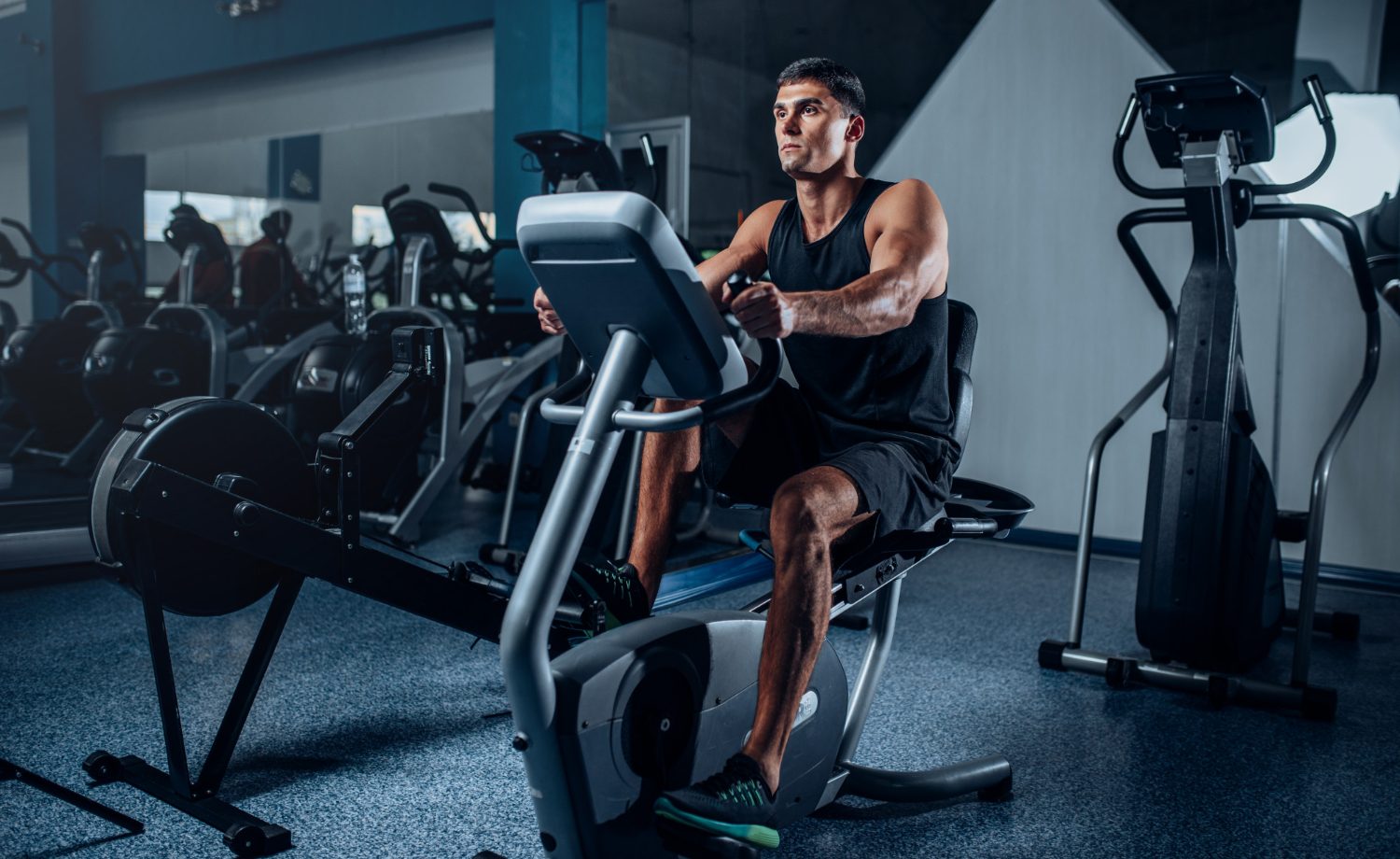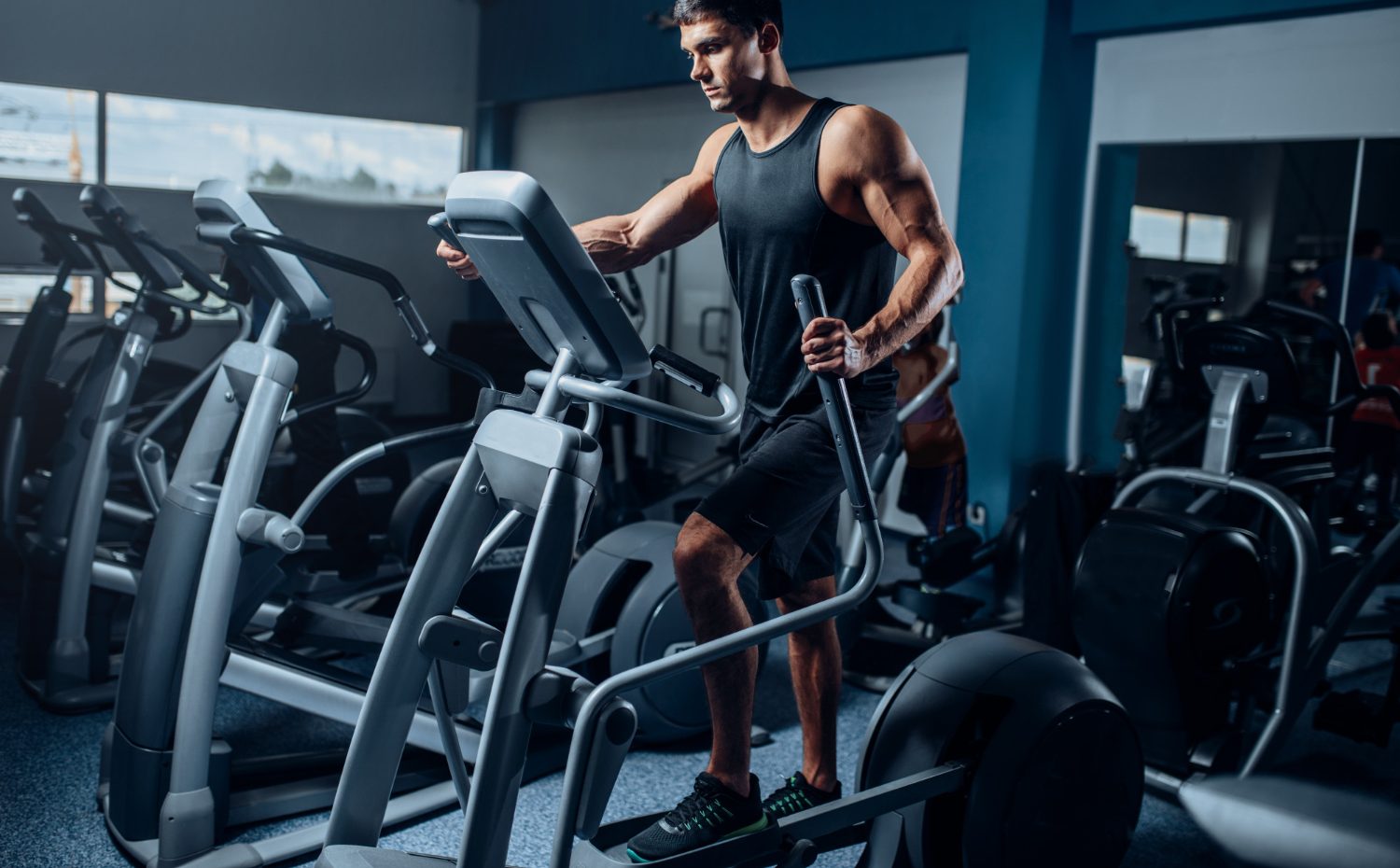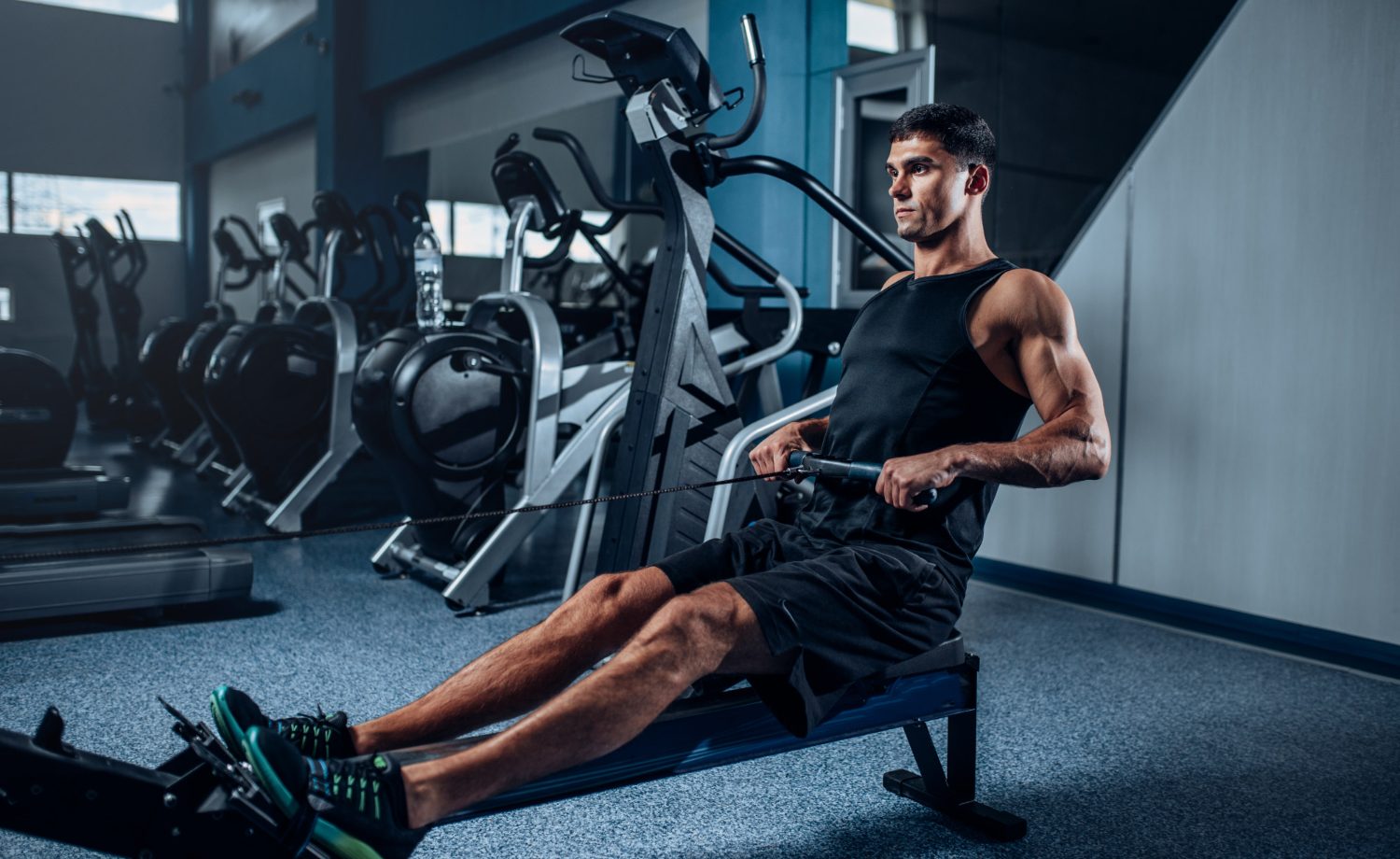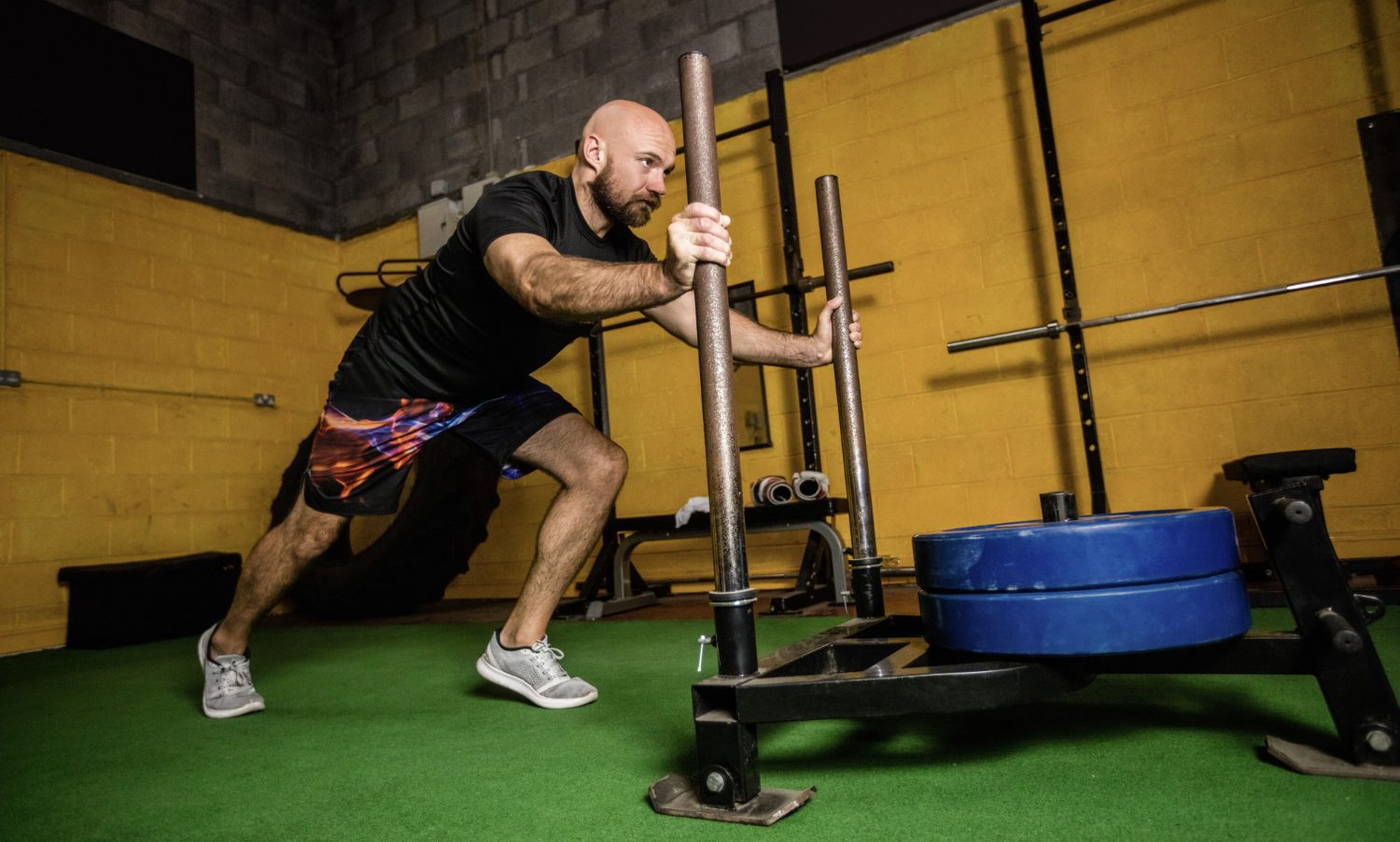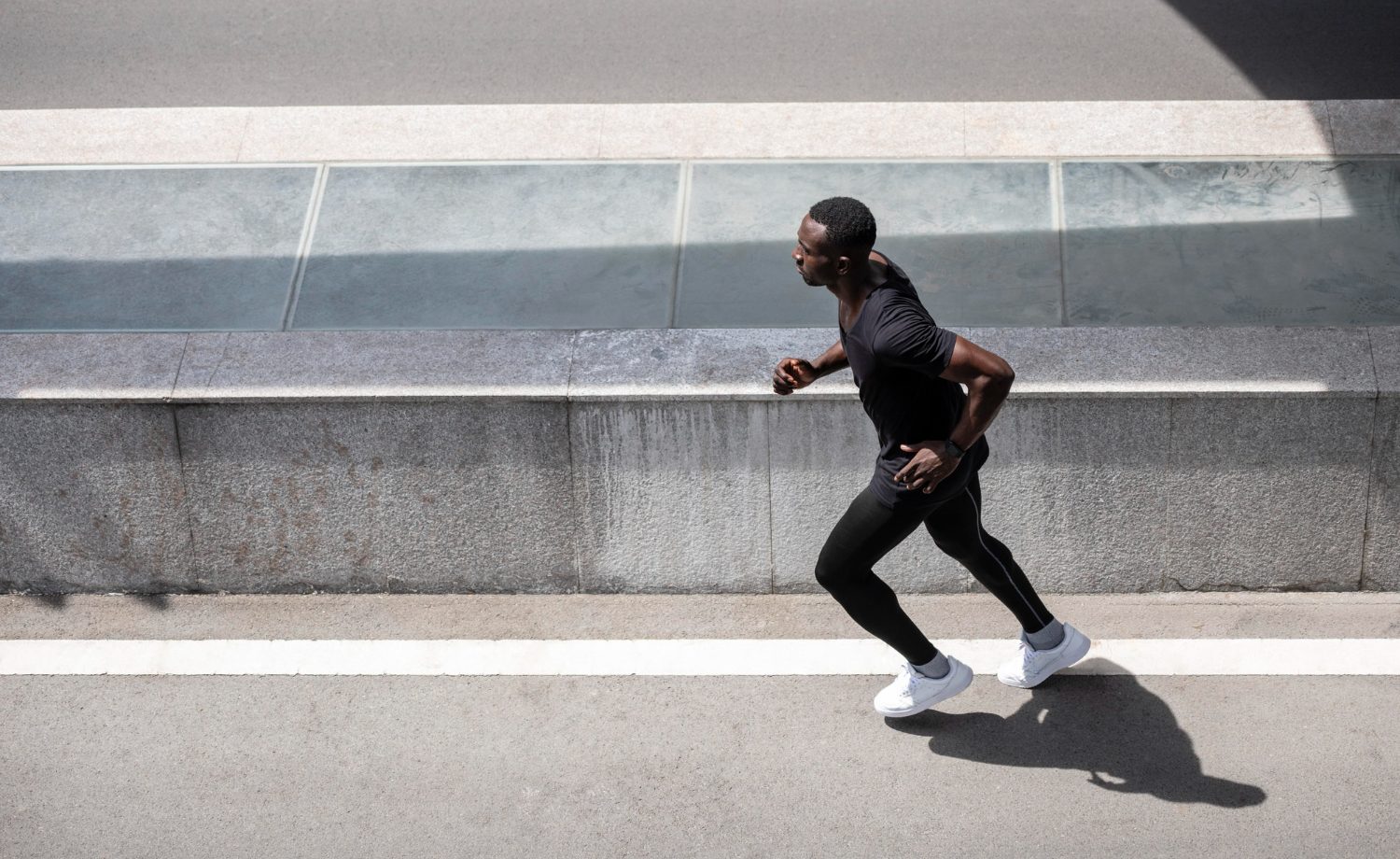Cardiovascular exercise, commonly known as cardio, is a fundamental component of any fitness regimen. Whether you’re a seasoned athlete or a fitness novice, integrating cardio into your workout routine offers numerous benefits, from improved heart health to enhanced endurance and weight management. However, not all cardio is created equal. Two popular forms of cardio, High-Intensity Interval Training (HIIT) and Low-Intensity Steady-State (LISS), have gained significant attention in the fitness community. Understanding the differences between HIIT and LISS, and determining which is best suited for your fitness goals, is crucial for optimising your workouts and achieving desired outcomes.
Understanding HIIT
What is HIIT?
High-Intensity Interval Training (HIIT) is a cardio workout that alternates between short bursts of intense activity and periods of low-intensity recovery or rest. Typically, these high-intensity intervals last between 20 to 90 seconds, pushing your heart rate to 80-95% of its maximum. The recovery periods, lasting anywhere from 10 seconds to a few minutes, allow your heart rate to drop to 40-50% of its maximum before the next burst of intense activity.
Benefits of HIIT
- Efficiency: One of the most significant advantages of HIIT is its time efficiency. A typical HIIT session lasts between 20 to 30 minutes, making it ideal for individuals with busy schedules.
- Calorie Burning: HIIT workouts burn a substantial number of calories in a short amount of time. The intense intervals increase the afterburn effect, scientifically known as excess post-exercise oxygen consumption (EPOC), which means your body continues to burn calories even after the workout is completed.
- Improved Cardiovascular Health: HIIT has been shown to enhance cardiovascular health by improving heart rate variability, reducing blood pressure, and increasing VO2 max (the maximum amount of oxygen your body can utilise during exercise).
- Muscle Retention: Unlike some forms of steady-state cardio, HIIT helps in preserving muscle mass. The high-intensity intervals stimulate muscle fibres, which can contribute to muscle growth and strength maintenance.
- Variety: HIIT can be easily tailored to different exercises, including running, cycling, rowing, and bodyweight workouts, keeping your routines varied and engaging.
Drawbacks of HIIT
- Intensity: The high intensity of HIIT can be daunting for beginners or individuals with certain health conditions. It requires a certain level of fitness and can increase the risk of injury if not performed with proper form and technique.
- Recovery Time: Due to the strenuous nature of HIIT, adequate recovery time between sessions is essential. Overdoing HIIT can lead to overtraining and increased fatigue.
- Not Ideal for Long Duration: HIIT is not suitable for long-duration workouts. It is designed for short, intense bursts and may not be appropriate if you enjoy prolonged exercise sessions.
Understanding LISS
What is LISS?
Low-Intensity Steady-State (LISS) cardio involves performing aerobic activity at a low to moderate intensity for an extended period, typically 30 to 60 minutes or more. During LISS, your heart rate remains steady, usually at 50-65% of your maximum heart rate, allowing you to sustain the activity comfortably.
Benefits of LISS
- Accessibility: LISS is accessible to people of all fitness levels. The lower intensity reduces the risk of injury and makes it easier for beginners to incorporate into their routines.
- Sustainable: LISS is less taxing on the body compared to HIIT, making it easier to perform frequently. It allows for longer workout durations, which can be beneficial for endurance training and overall calorie expenditure.
- Recovery: LISS can aid in active recovery, promoting blood flow and helping to reduce muscle soreness after intense workouts. It can be a great complement to more strenuous training sessions.
- Stress Reduction: The moderate intensity of LISS can have a calming effect, reducing stress and anxiety levels. It allows for a meditative state, which can be mentally refreshing.
- Cardiovascular Health: Like HIIT, LISS improves cardiovascular health by enhancing aerobic capacity, reducing blood pressure, and increasing overall heart efficiency.
Drawbacks of LISS
- Time-Consuming: LISS workouts require a longer time commitment compared to HIIT. Finding 45 to 60 minutes for a workout might be challenging for those with busy schedules.
- Lower Caloric Burn: LISS burns fewer calories per minute compared to HIIT. To achieve significant calorie burn, longer durations are necessary.
- Plateau Risk: The body can adapt to LISS over time, potentially leading to a plateau in fitness gains and weight loss. To continue progressing, you may need to increase the duration or intensity gradually.
- Less Muscle Engagement: LISS typically engages fewer muscle fibres compared to HIIT, which may result in less muscle toning and strength gains.
Choosing the Right Cardio for Your Goals
When deciding between HIIT and LISS, it’s essential to consider your specific fitness goals, lifestyle, and personal preferences. Here’s a breakdown of how each type of cardio aligns with common fitness objectives:
Weight Loss
- HIIT: Due to its high calorie burn and afterburn effect, HIIT is highly effective for weight loss. Short, intense workouts can help you shed fat quickly while preserving muscle mass.
- LISS: LISS can also contribute to weight loss, especially when combined with a calorie-controlled diet. It allows for longer workout durations, leading to significant calorie expenditure over time.
Muscle Preservation and Growth
- HIIT: HIIT is beneficial for maintaining and even building muscle. The high-intensity intervals stimulate muscle fibres, promoting growth and strength.
- LISS: While LISS is less effective for muscle growth, it can complement strength training routines by enhancing cardiovascular health and aiding in recovery.
Cardiovascular Health
- HIIT: HIIT improves cardiovascular health by increasing VO2 max and enhancing heart rate variability. It’s an efficient way to boost heart health in a short amount of time.
- LISS: LISS is excellent for improving overall cardiovascular endurance. The steady-state nature allows for prolonged heart rate elevation, strengthening the heart over time.
Endurance Training
- HIIT: While HIIT can improve cardiovascular capacity, it’s not ideal for endurance-specific training. It focuses more on short bursts of effort rather than sustained activity.
- LISS: LISS is perfect for endurance training, allowing you to build stamina and aerobic capacity over extended periods.
Stress Relief and Mental Health
- HIIT: HIIT can be mentally challenging and may increase stress levels if overdone. However, the sense of accomplishment after completing a HIIT session can boost mental well-being.
- LISS: LISS provides a more relaxed and meditative experience, making it effective for stress reduction and mental clarity.
Time Constraints
- HIIT: If you have a busy schedule and need to maximise workout efficiency, HIIT is the way to go. Short, intense sessions can fit into even the tightest of schedules.
- LISS: LISS requires a longer time commitment. If you enjoy spending more time exercising and have the flexibility in your schedule, LISS can be a satisfying choice.
Combining HIIT and LISS
For many, the optimal approach to cardio training involves incorporating both HIIT and LISS into their routines. This combination allows you to reap the benefits of both high-intensity and low-intensity workouts while preventing boredom and plateaus. Here are some strategies to integrate both forms of cardio effectively:
- Alternate Days: Schedule HIIT and LISS sessions on different days. For example, perform HIIT on Monday, Wednesday, and Friday, and do LISS on Tuesday, Thursday, and Saturday.
- Weekly Variation: Dedicate certain weeks to HIIT and others to LISS. This can help in targeting different fitness goals and preventing overtraining.
- Combination Workouts: Mix elements of HIIT and LISS within a single session. For example, start with a 10-minute HIIT routine followed by a 20-minute LISS activity to cool down.
- Active Recovery: Use LISS as a form of active recovery on days following intense HIIT sessions. This helps in muscle recovery while keeping you active.
Practical Examples of HIIT and LISS Workouts
HIIT Workouts
- Running HIIT: Sprint at maximum effort for 30 seconds, followed by 1-minute walking or slow jogging. Repeat for 20 minutes.
- Bodyweight HIIT: Perform 45 seconds of burpees, rest for 15 seconds, then 45 seconds of jump squats, rest for 15 seconds. Repeat this cycle for 20-30 minutes.
- Cycling HIIT: Cycle at maximum intensity for 20 seconds, followed by 40 seconds of low-intensity cycling. Repeat for 25 minutes.
LISS Workouts
- Brisk Walking: Walk at a steady pace for 45-60 minutes, maintaining a heart rate that allows you to hold a conversation.
- Light Jogging: Jog at a comfortable pace for 30-60 minutes, keeping your heart rate in the low to moderate range.
- Swimming: Swim at a steady pace for 45 minutes, ensuring a consistent effort that doesn’t leave you breathless.
Choosing between HIIT and LISS ultimately depends on your individual fitness goals, preferences, and lifestyle. Both forms of cardio offer unique benefits and can contribute significantly to your overall

